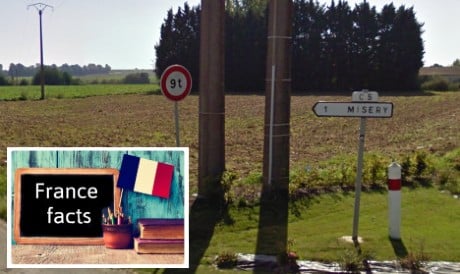But in this case the French did not name the square after one of their favourite activities, in fact it was the other way round.
The Place de Grève, in central Paris next to the Seine, was the place where unemployed workers gathered, seeking casual labour.
Over time grève came to signify a group of people who were not working.
After the French won the right to strike in 1864 – 20 years before they won the right to form a union – the word attached itself to workers who were choosing to without their labour, rather than people who were unable to find work.
These days the French are quite fond of une grève, and between 2010 and 2017, the number of French strike days was 125 per 1,000 employees, according to a study by the European Trade Union Institute.
As a comparison, the UK, Germany and Sweden had 20, 17 and 3 respectively.
The Place de Grève still exists, but in 1802 it was renamed the Place de l'Hôtel de Ville and houses the very impressive city hall of Paris.
The square's other claim to fame is that it used to be where public executions took place, and saw the first public use of the guillotine when robber Nicolas Jacques Pelletier was executed on April 25th, 1792.
And France has seen one or two strikes since 1864.



 Please whitelist us to continue reading.
Please whitelist us to continue reading.
Member comments